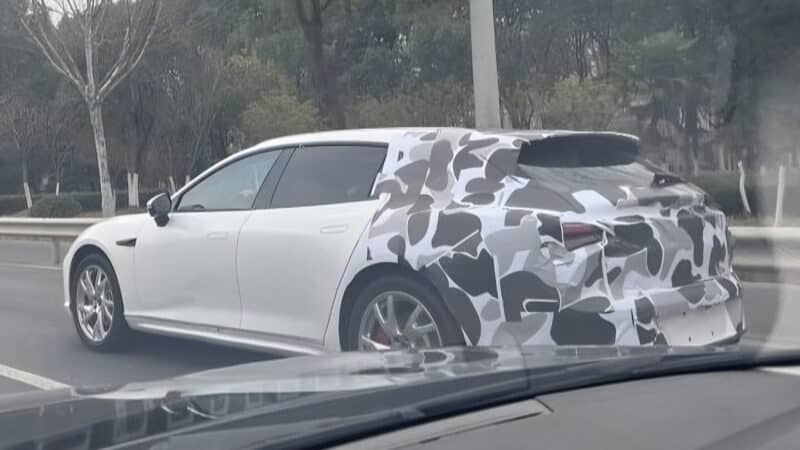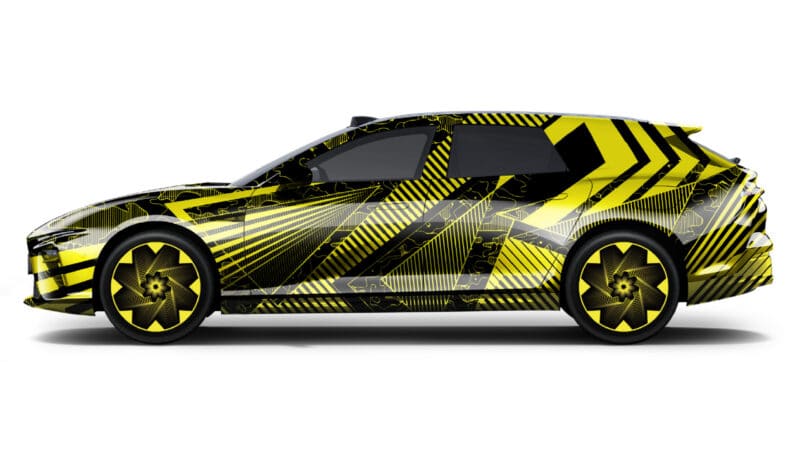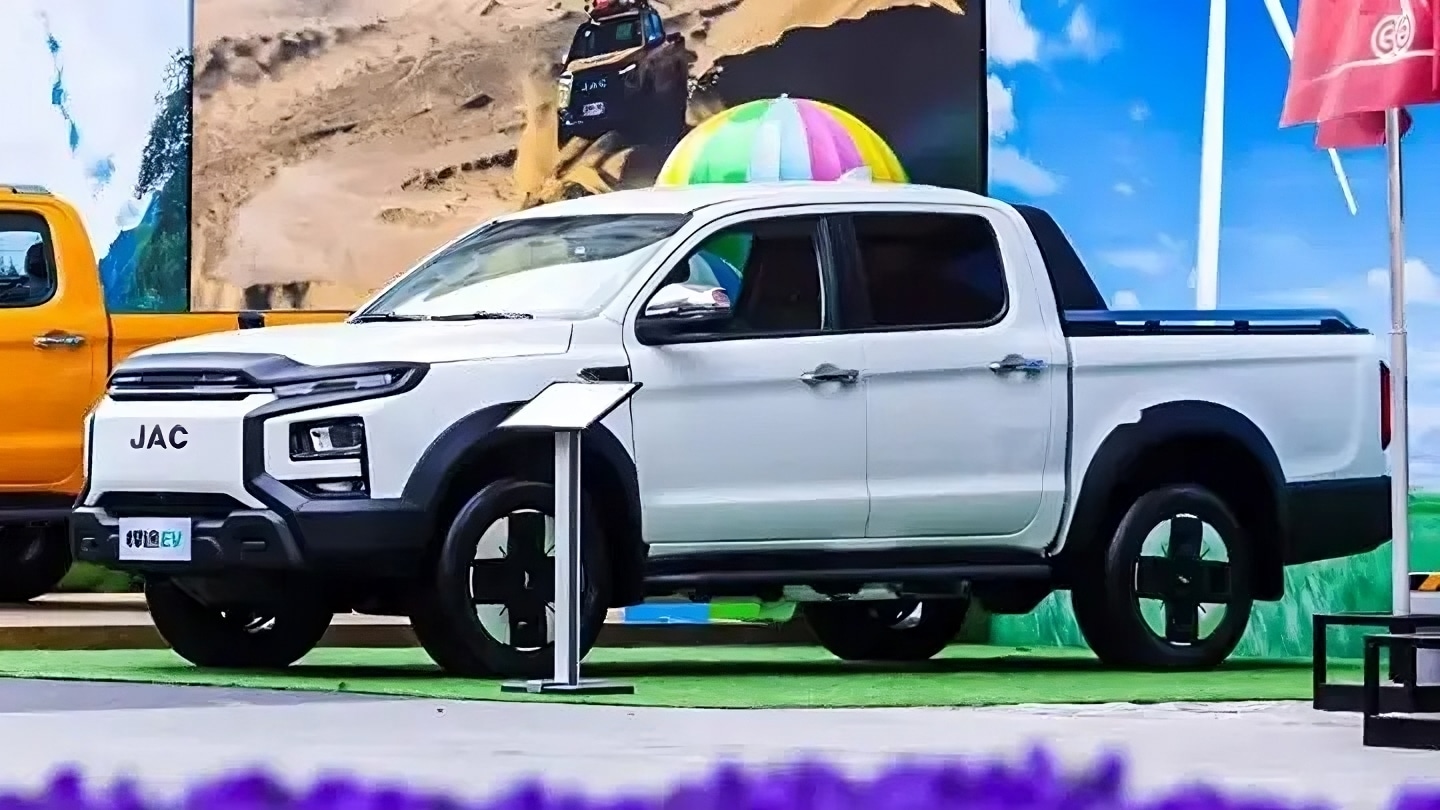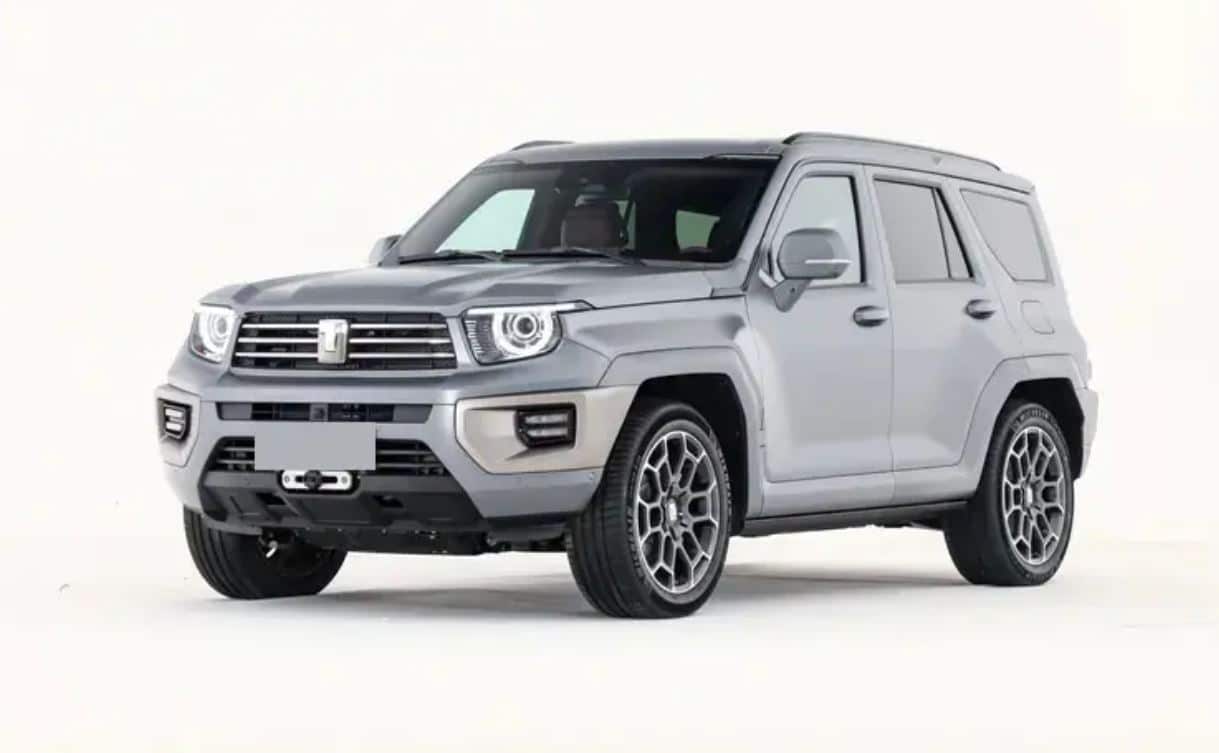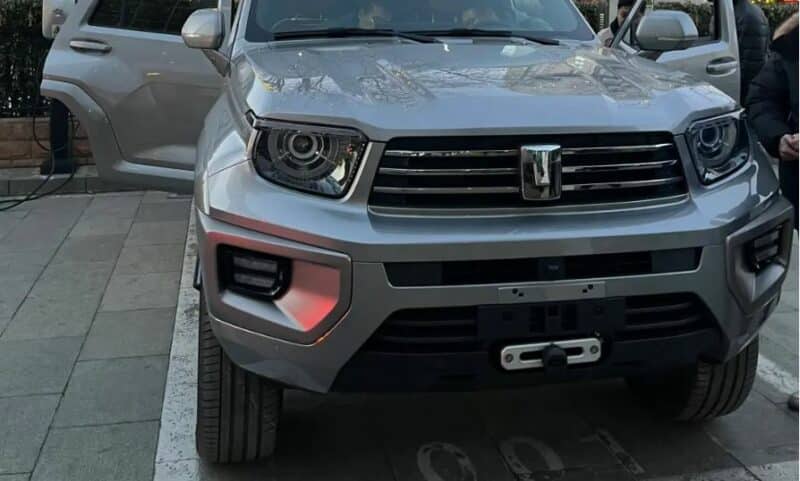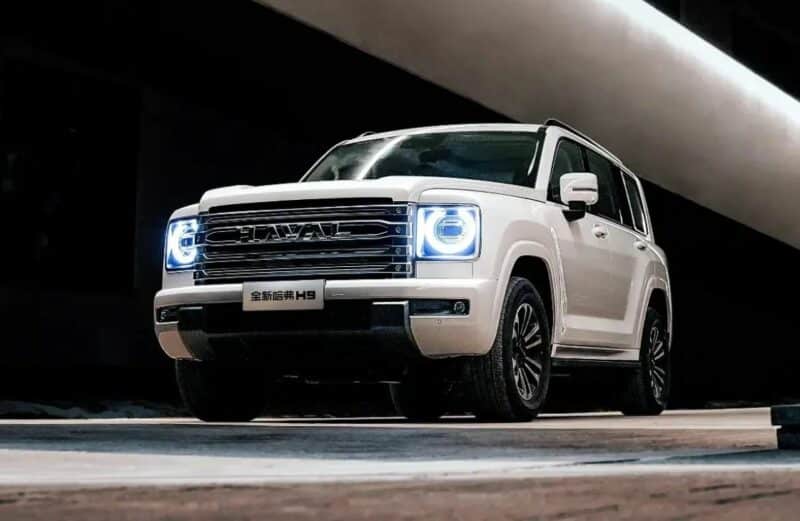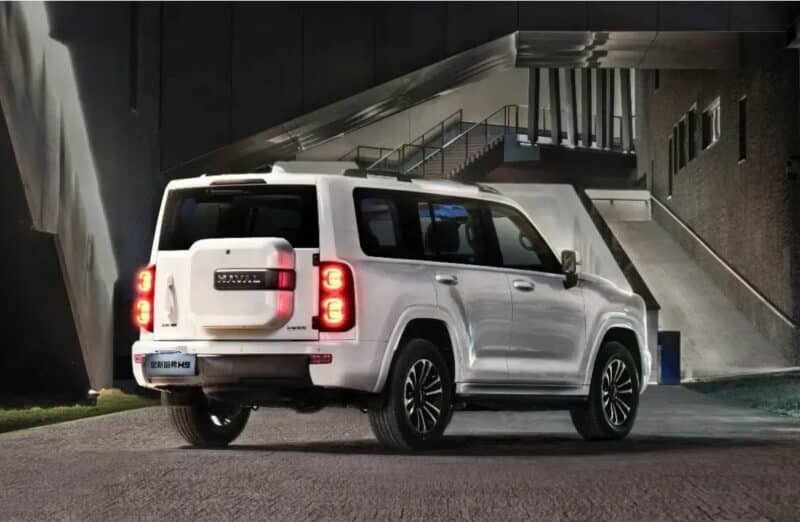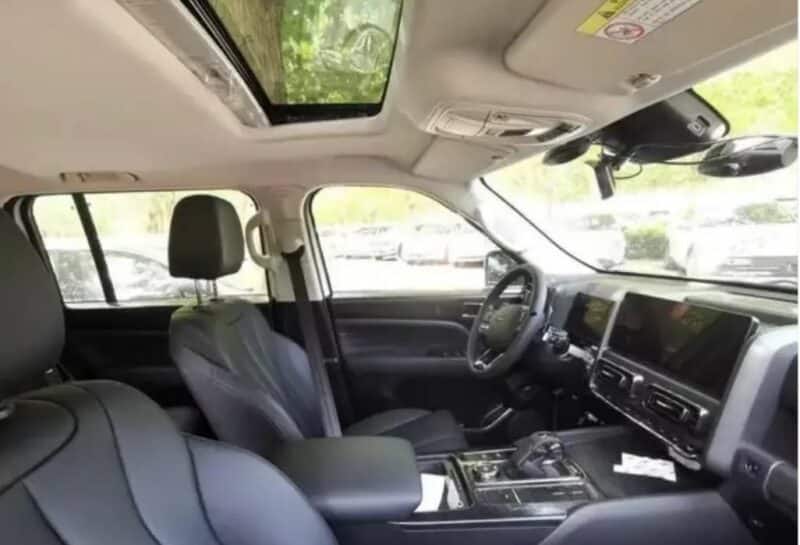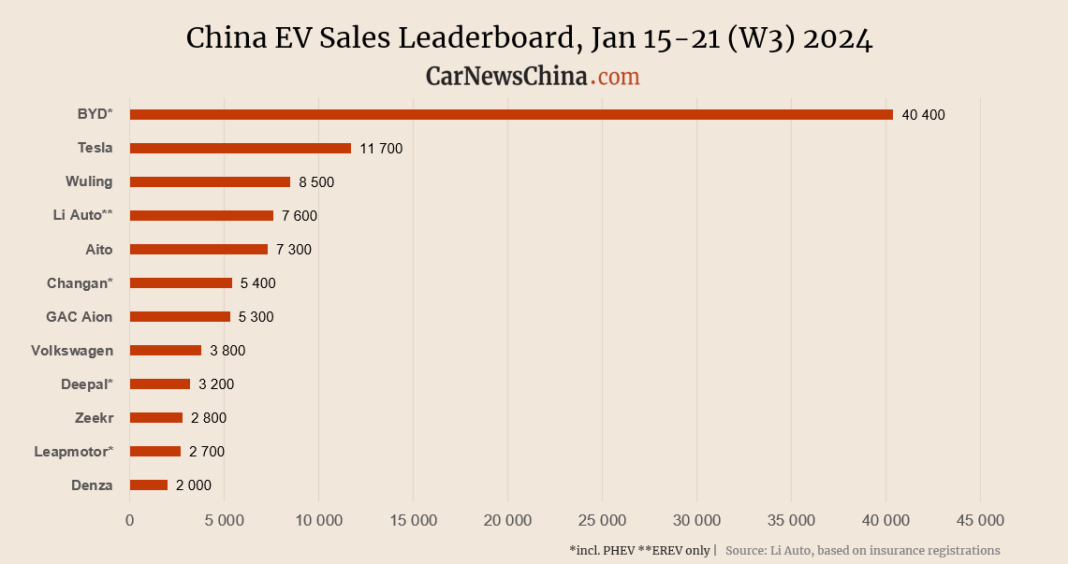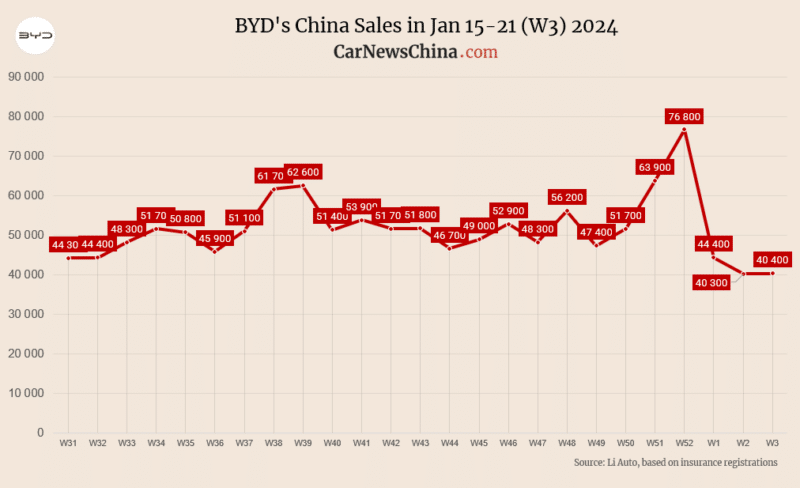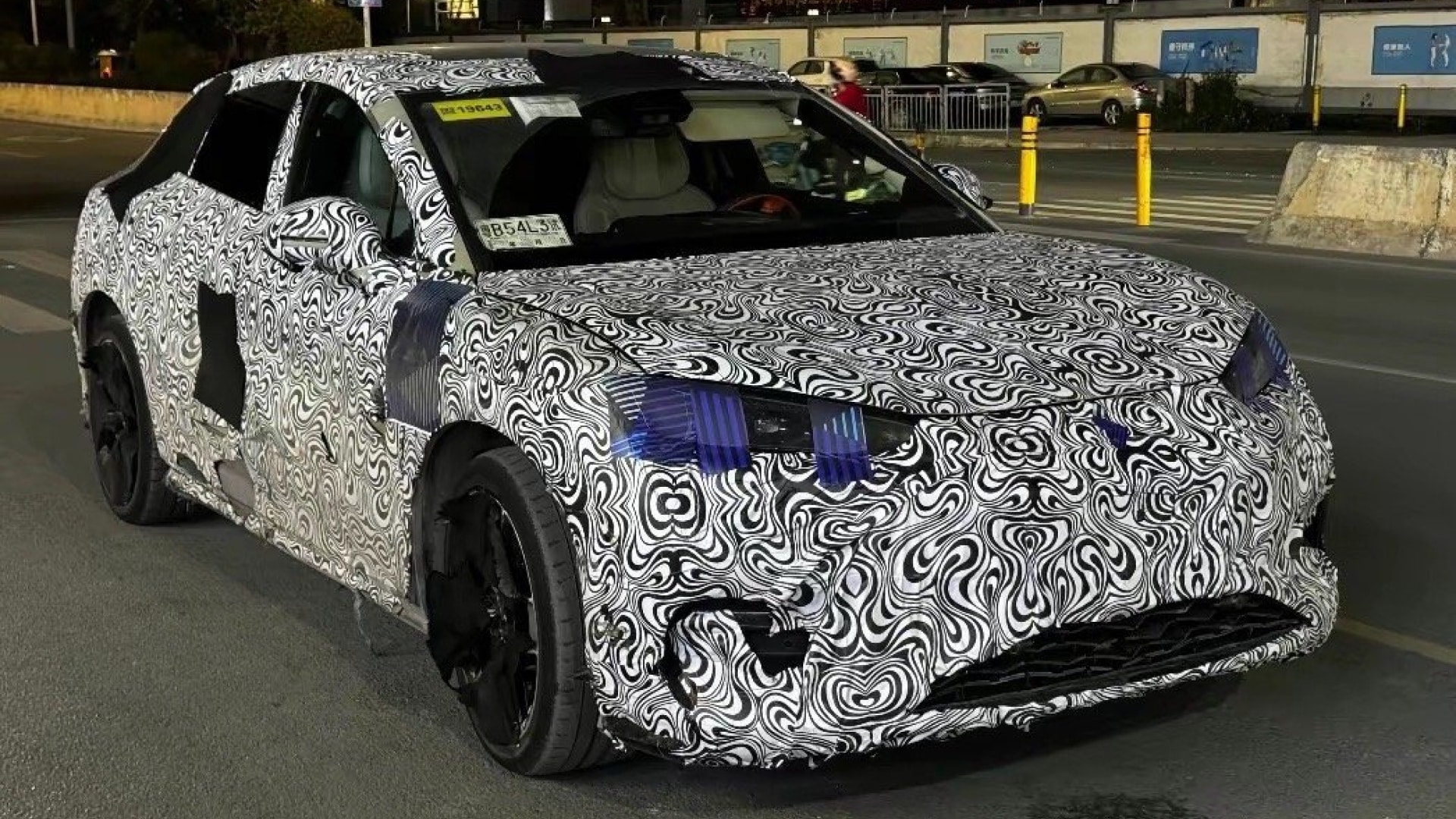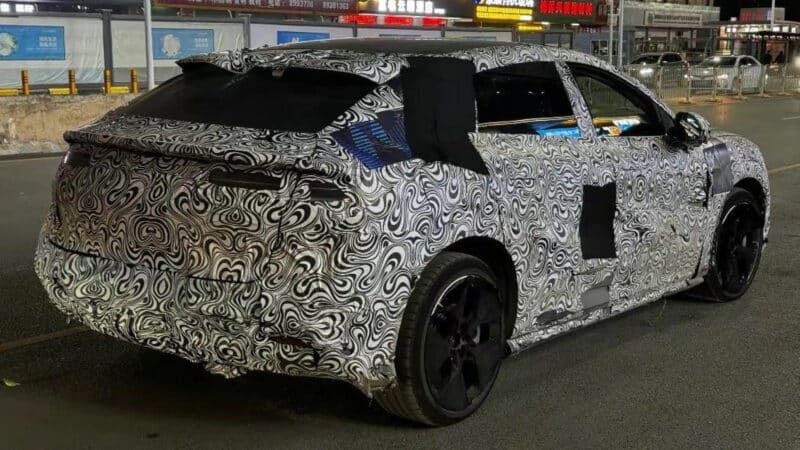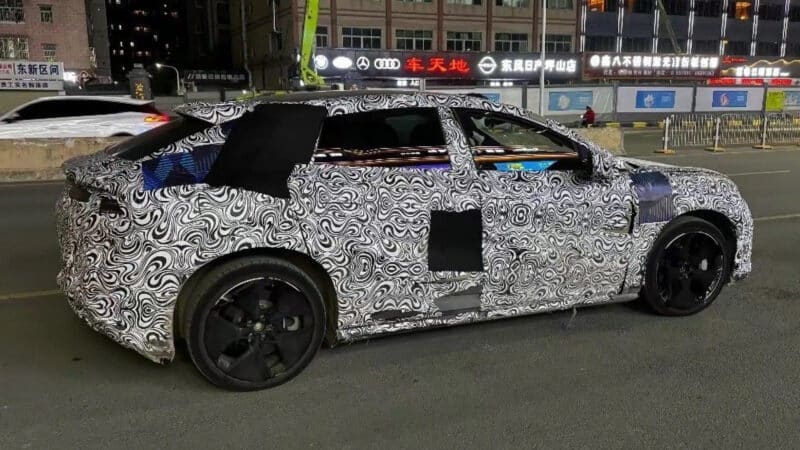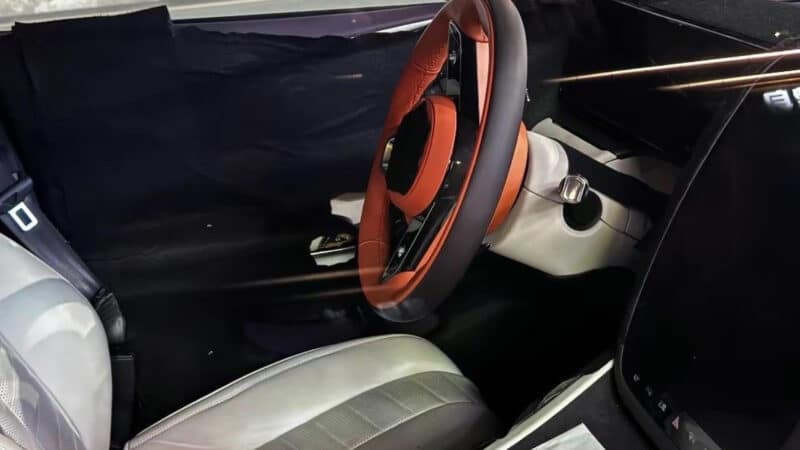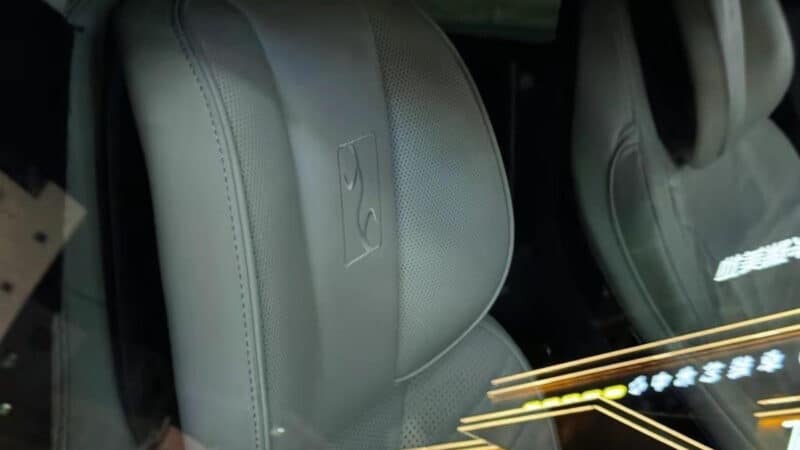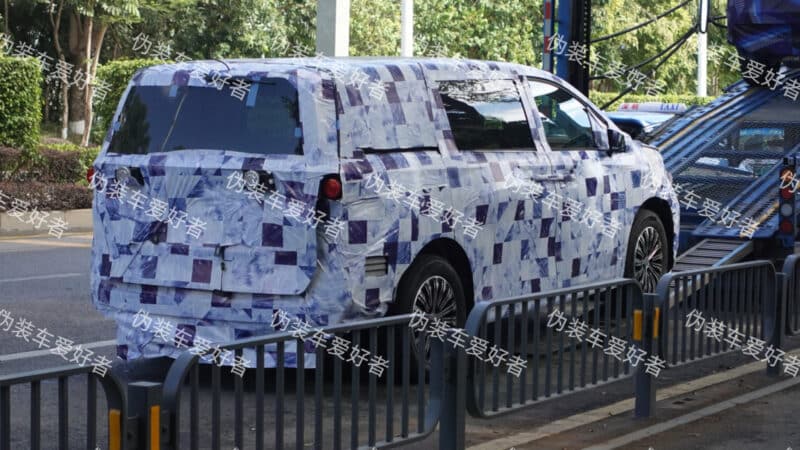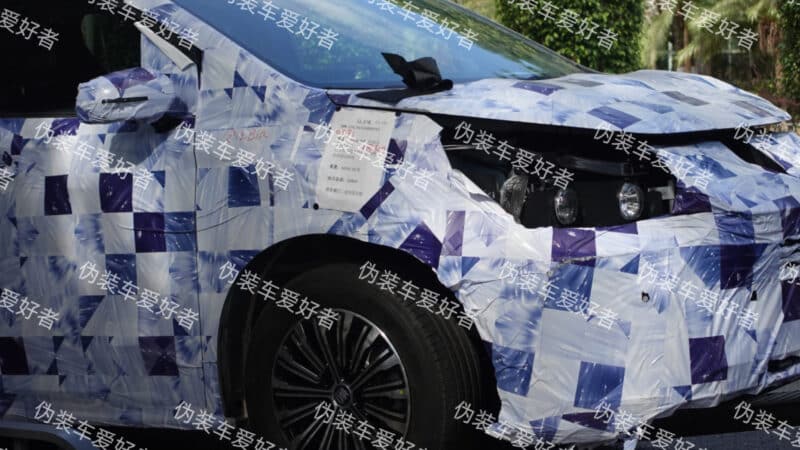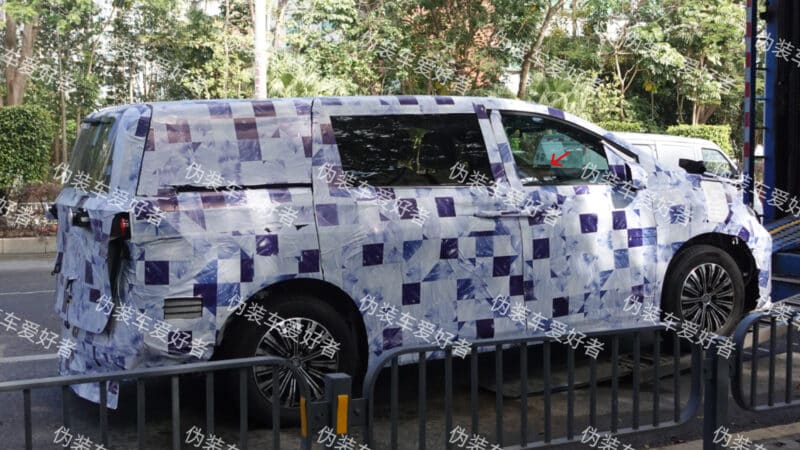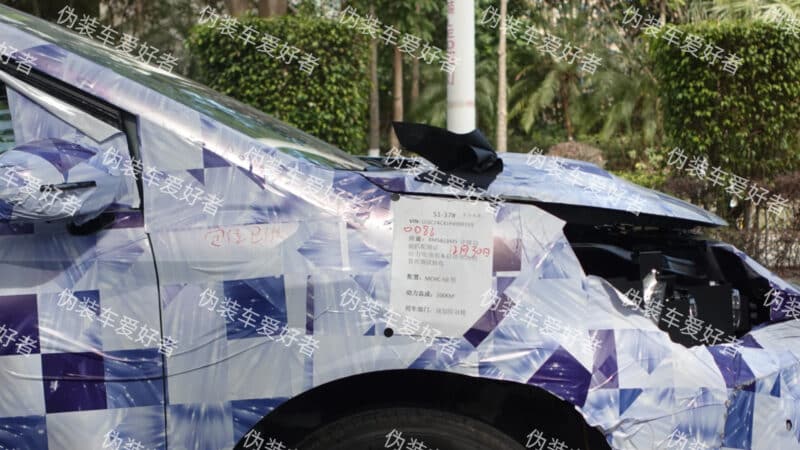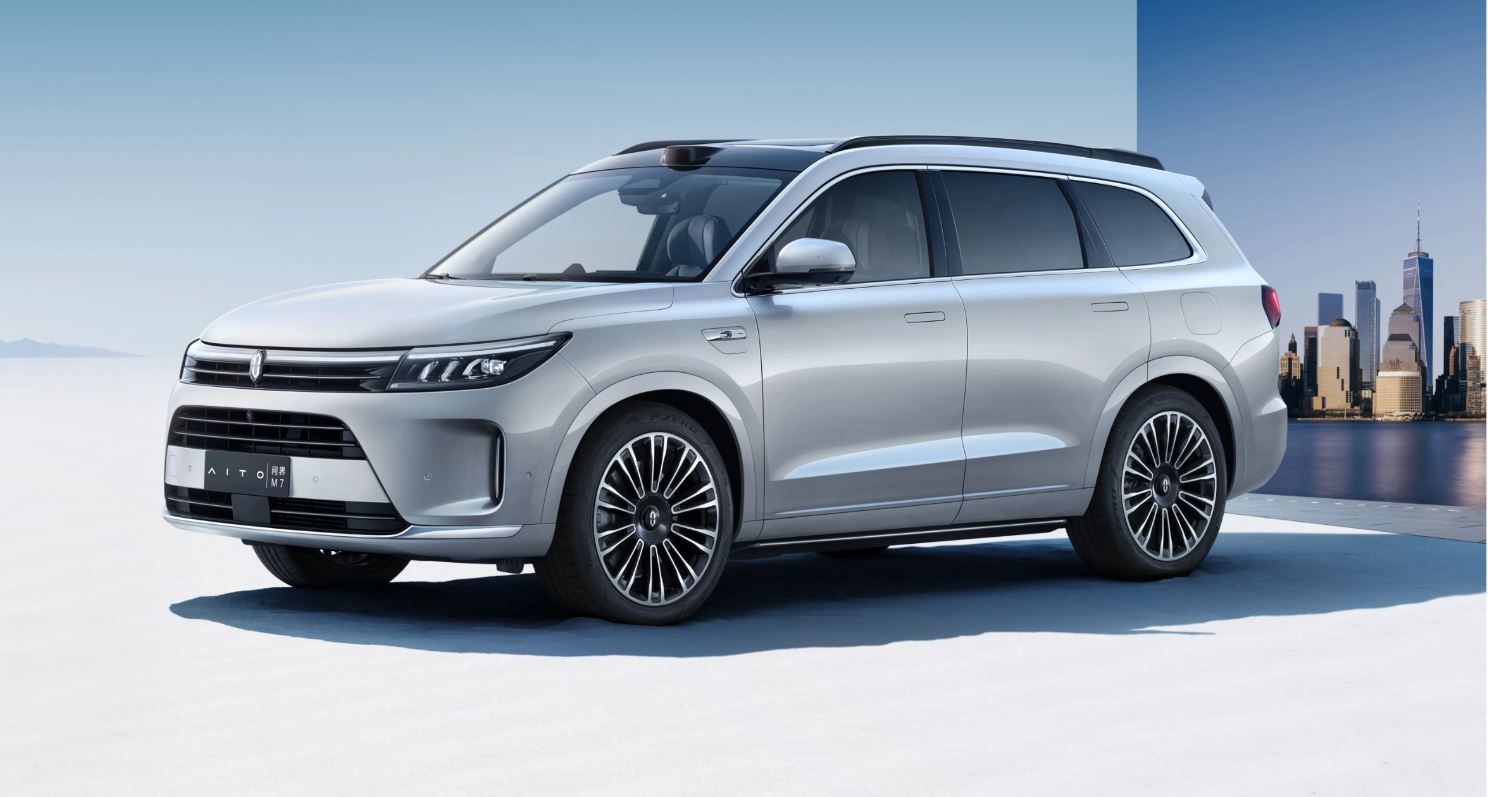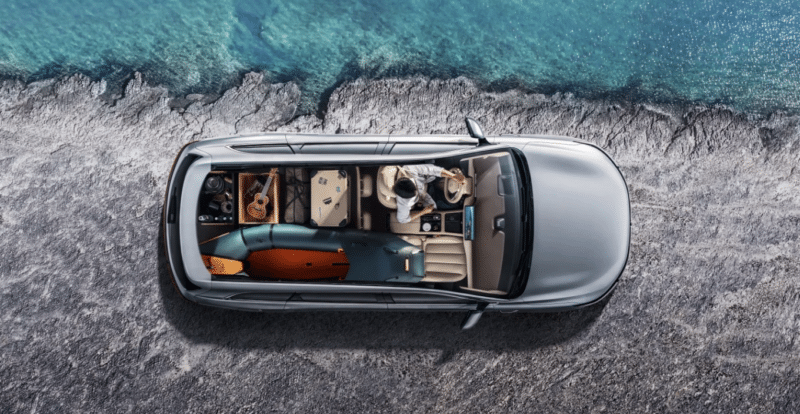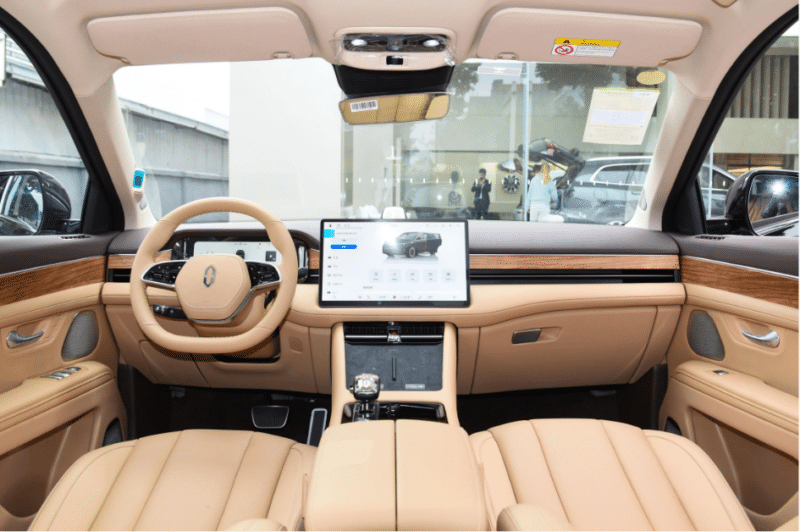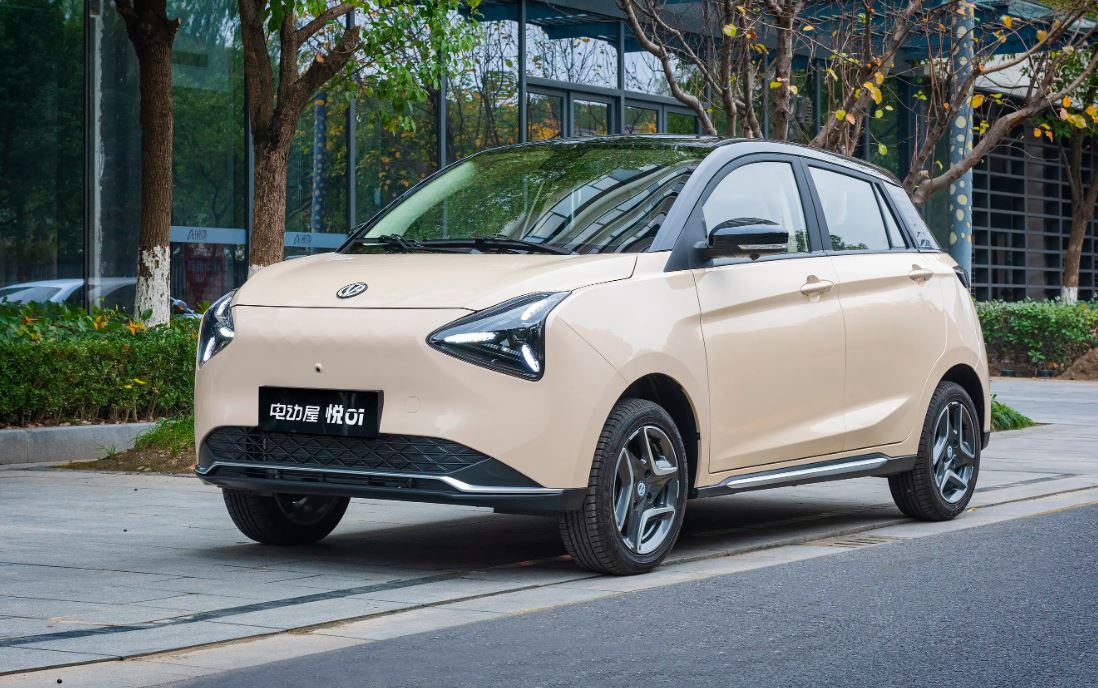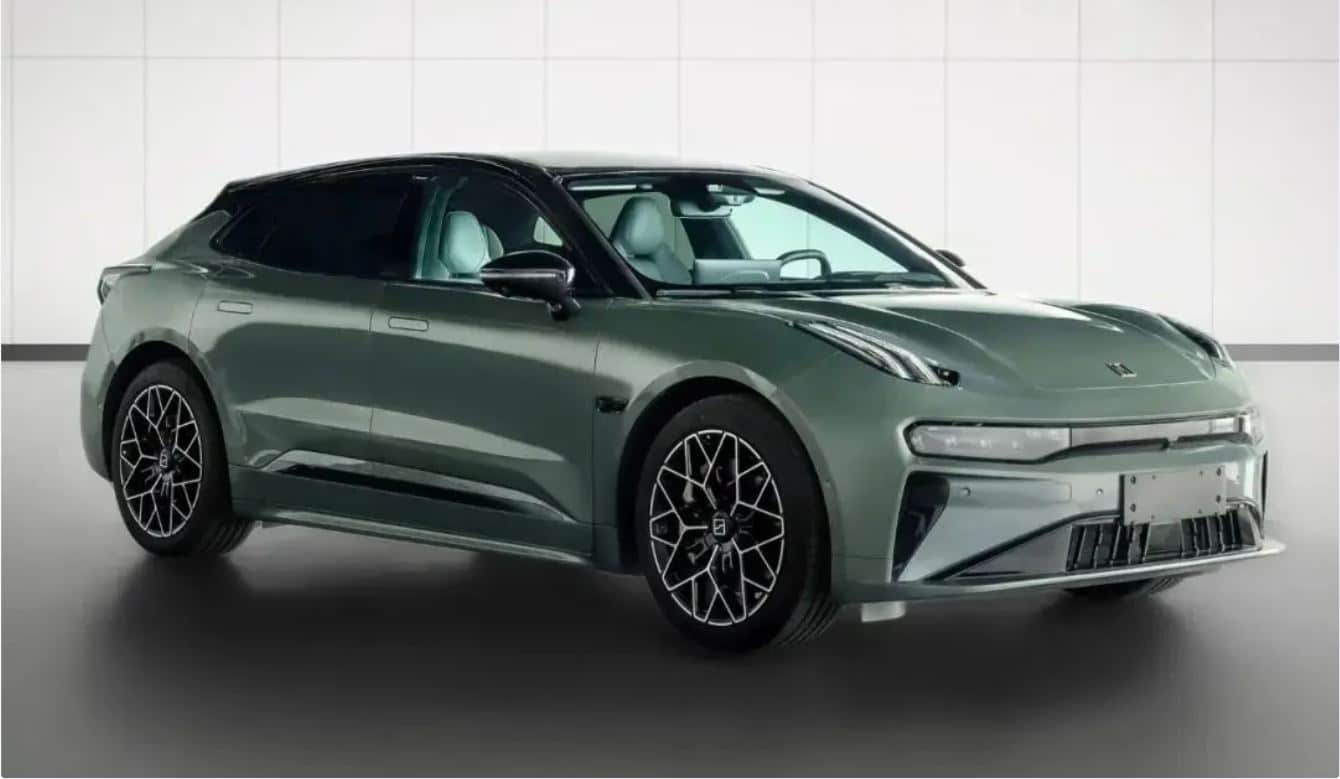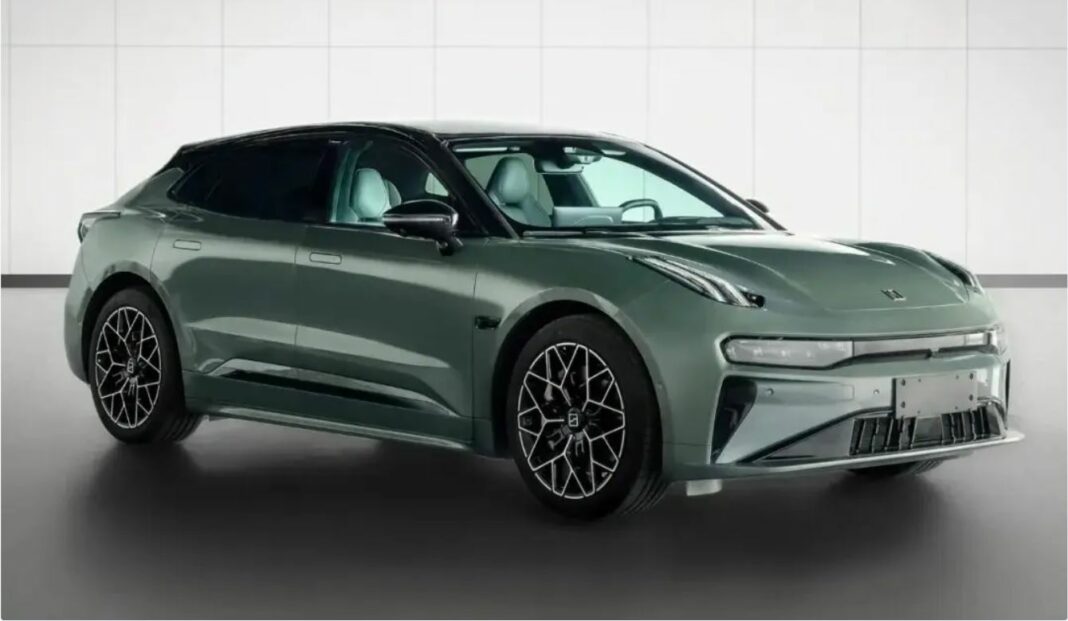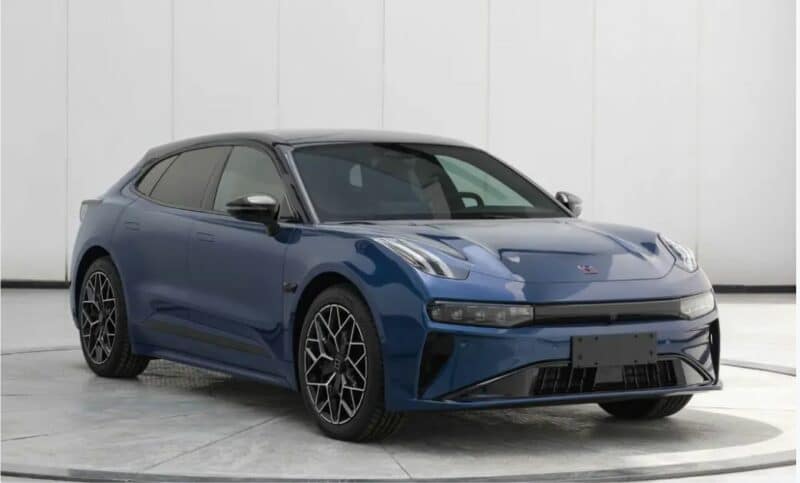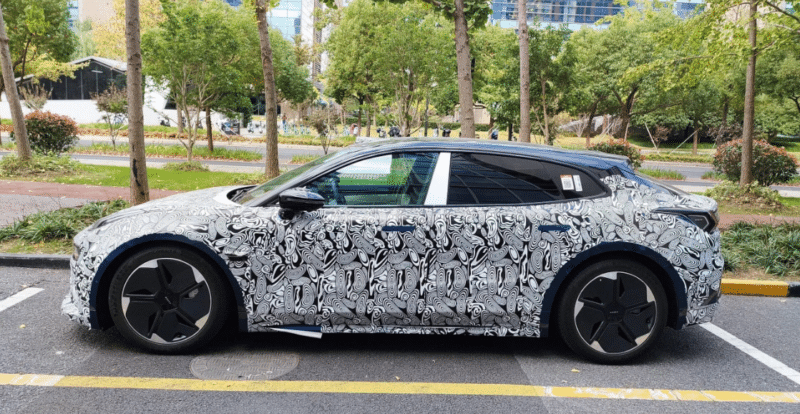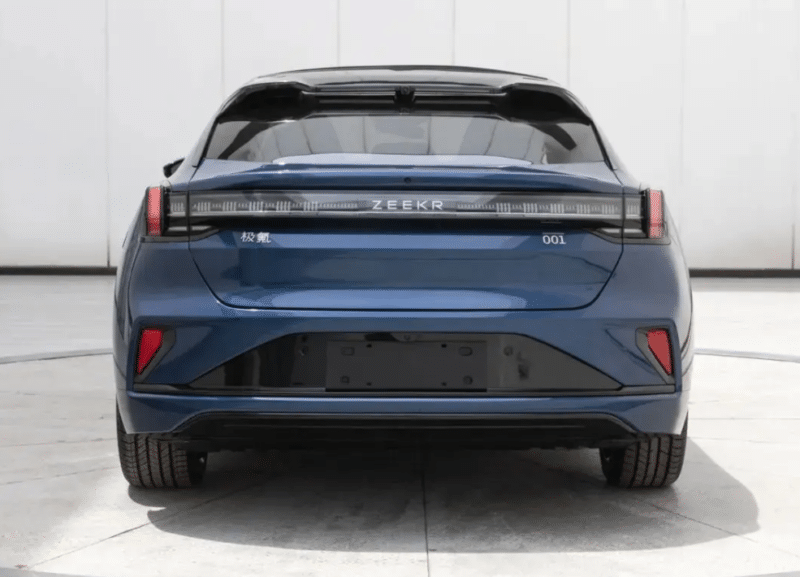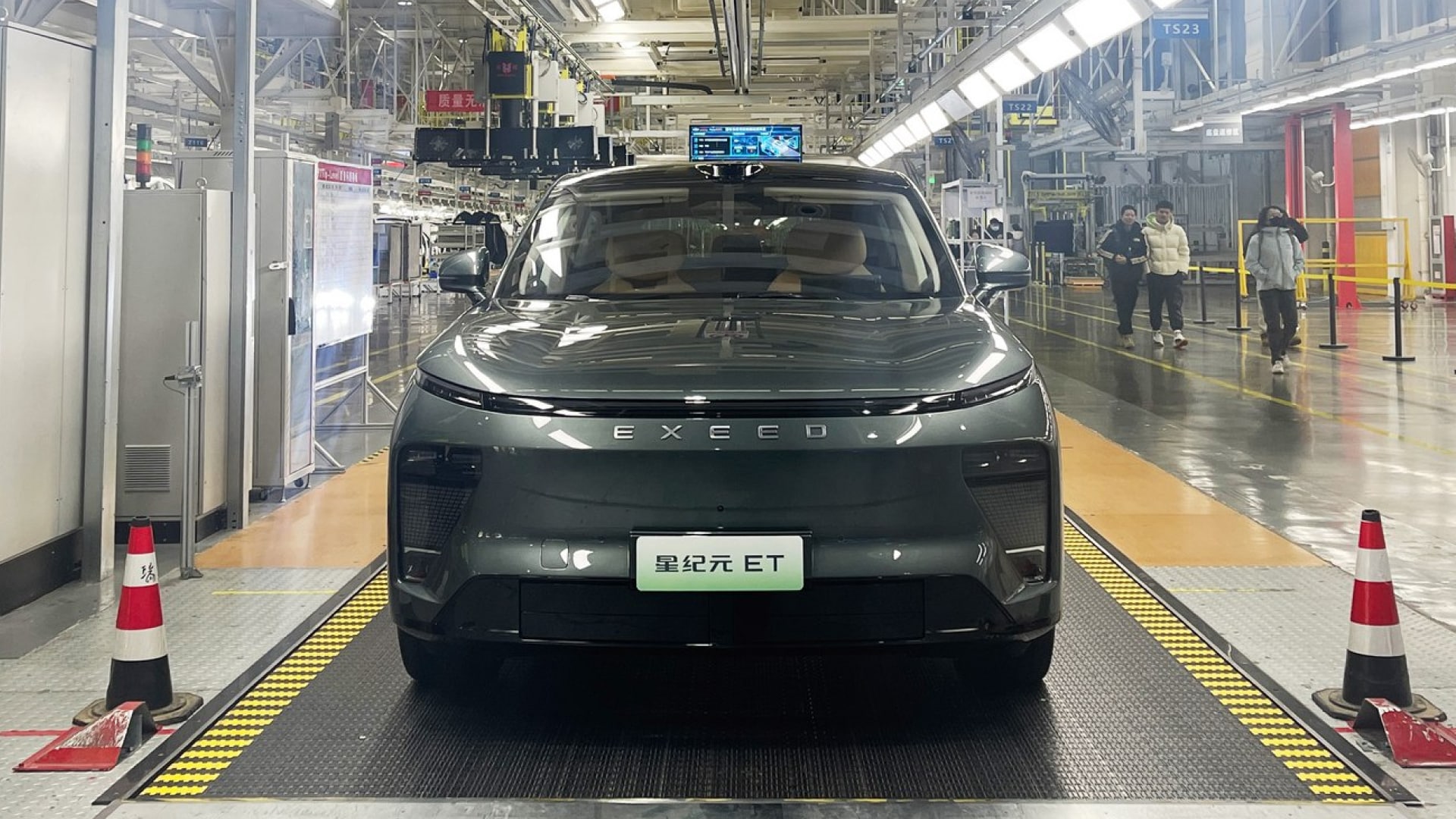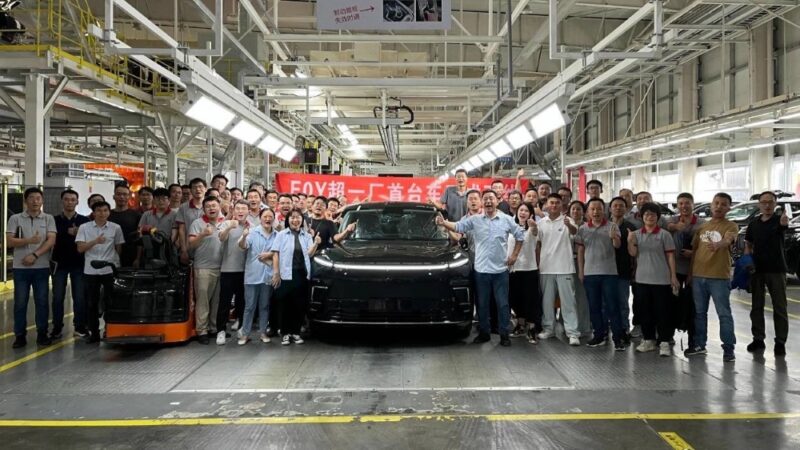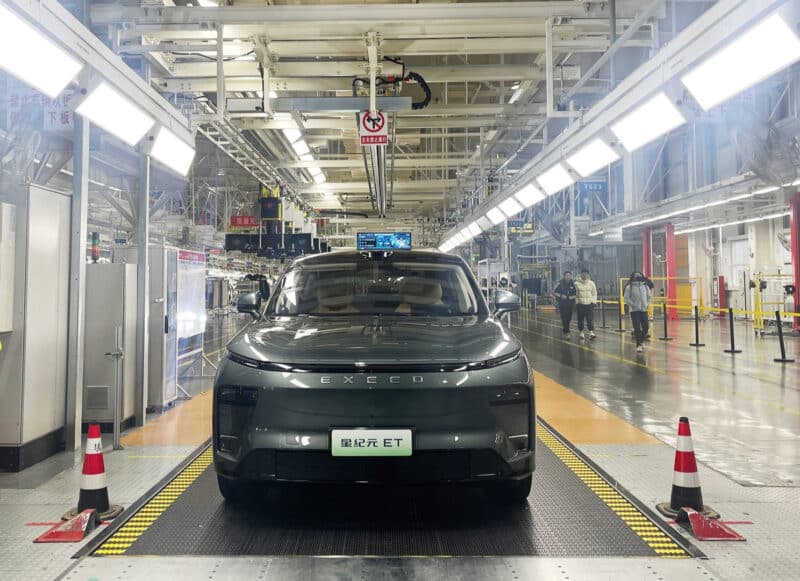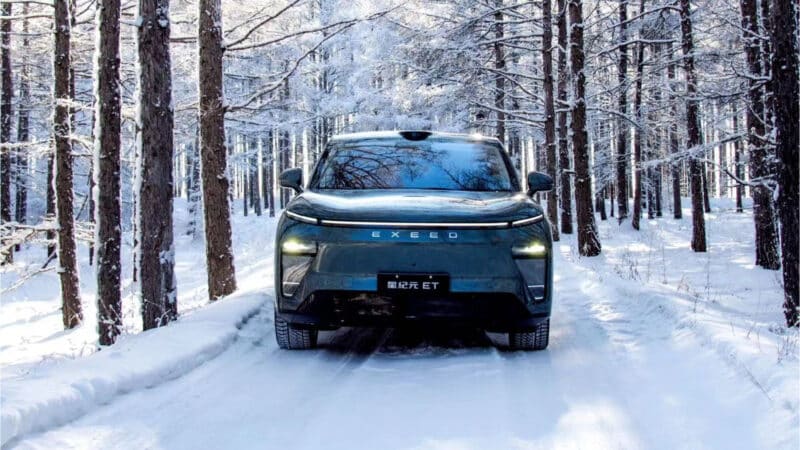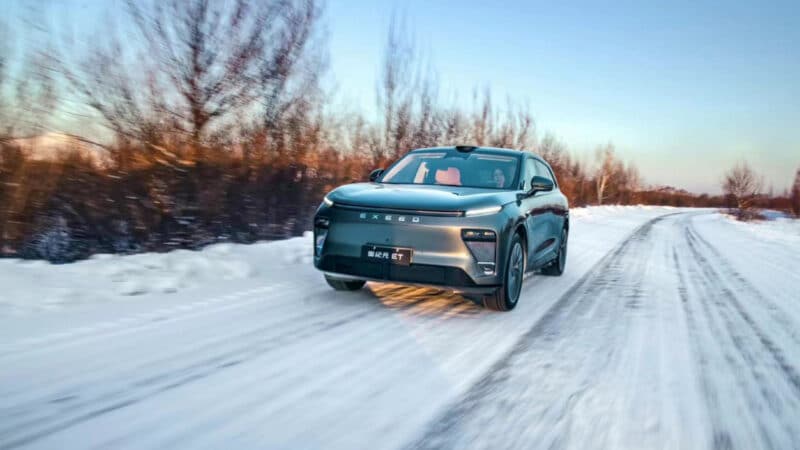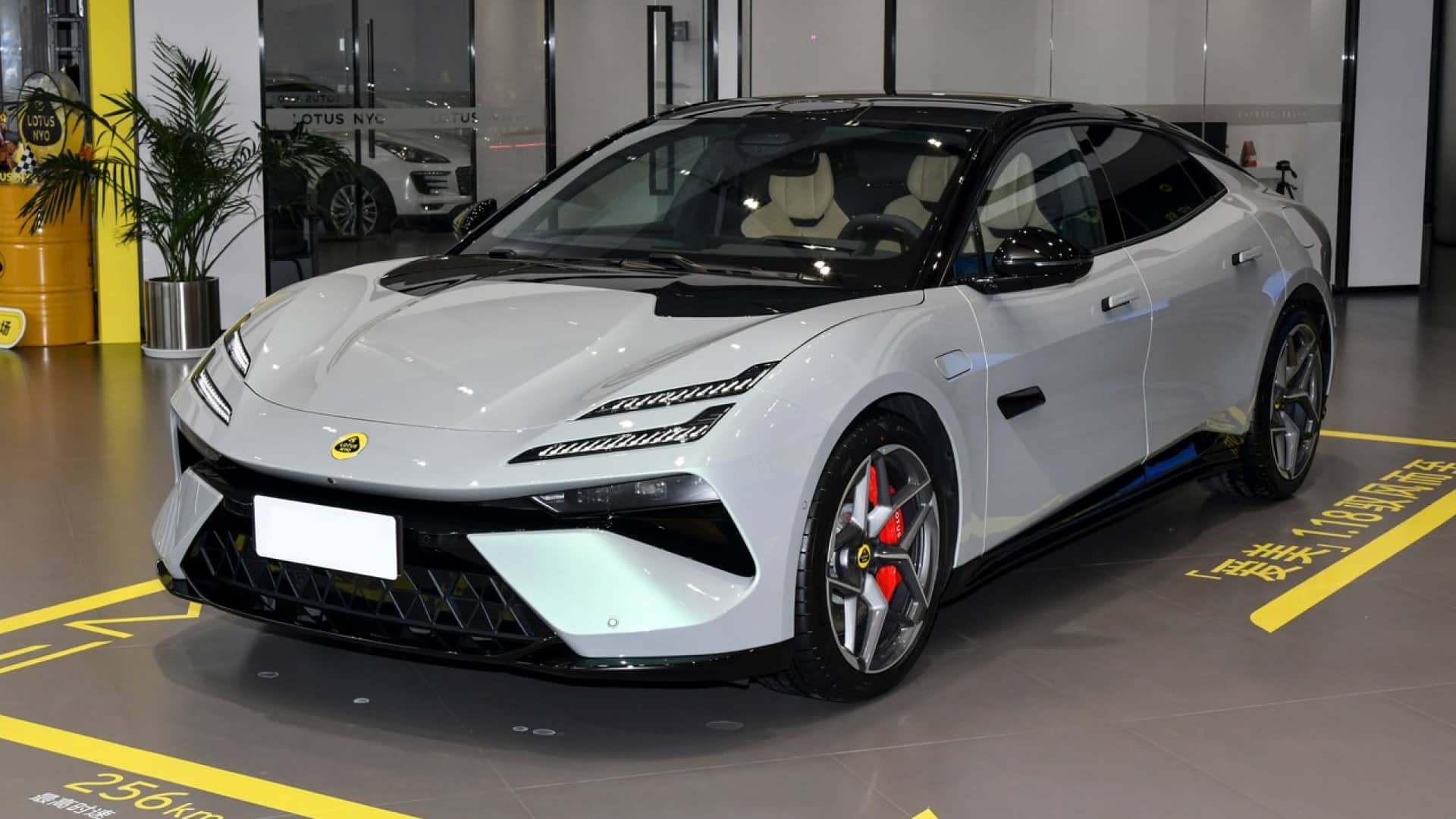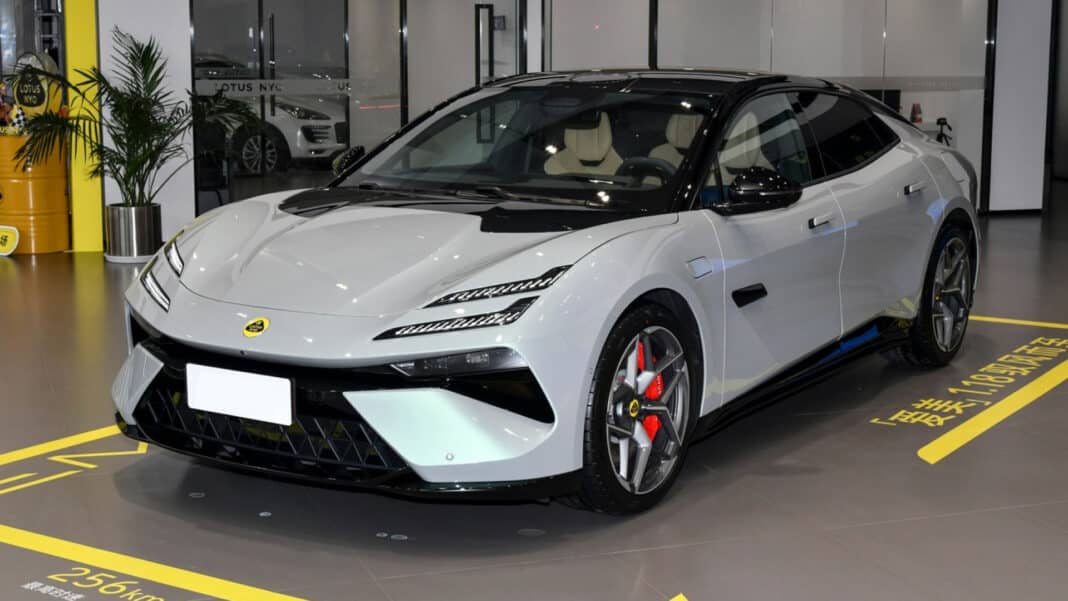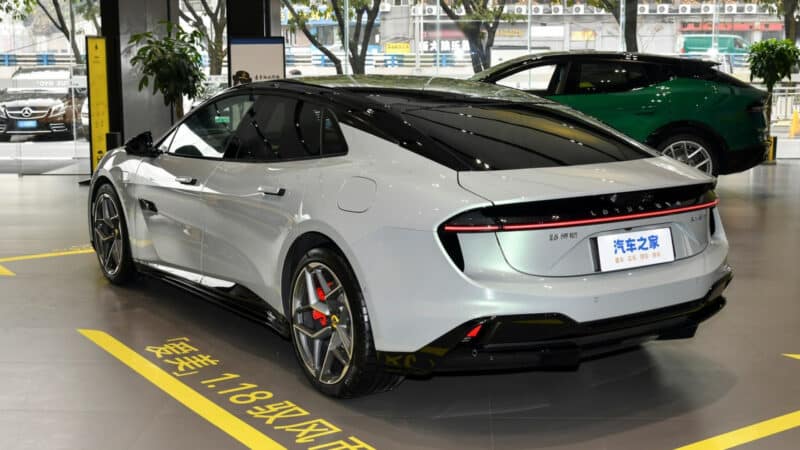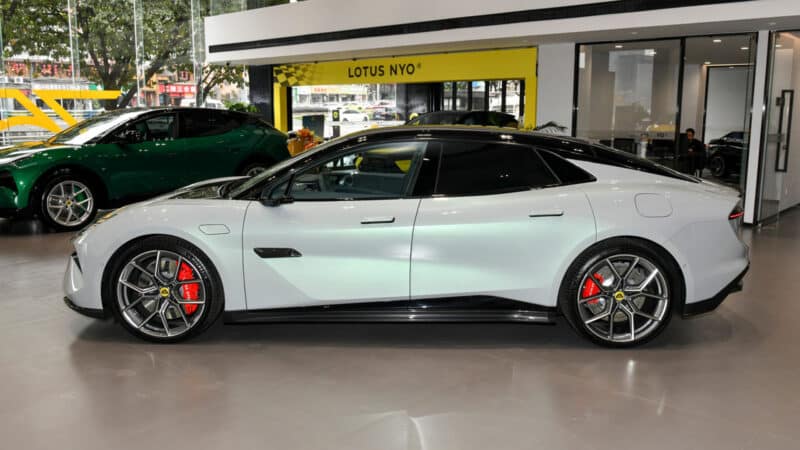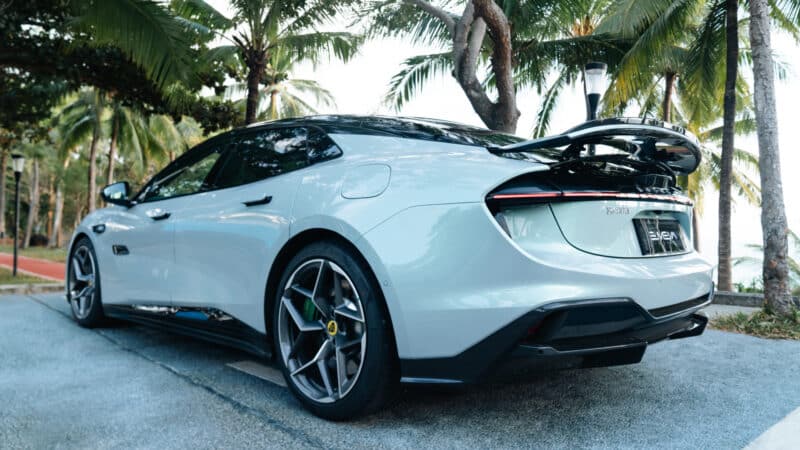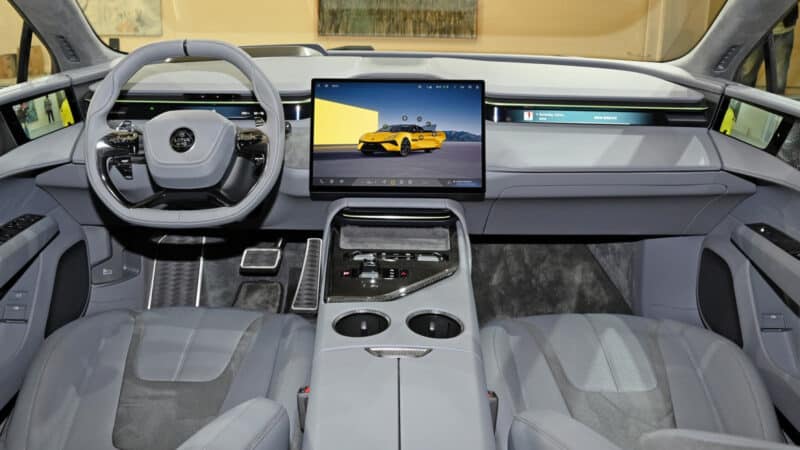Yommie
SpeedLimited
- Oct 2, 2013
- 64,193
- 37,190
- Country of Origin

- Country of Residence

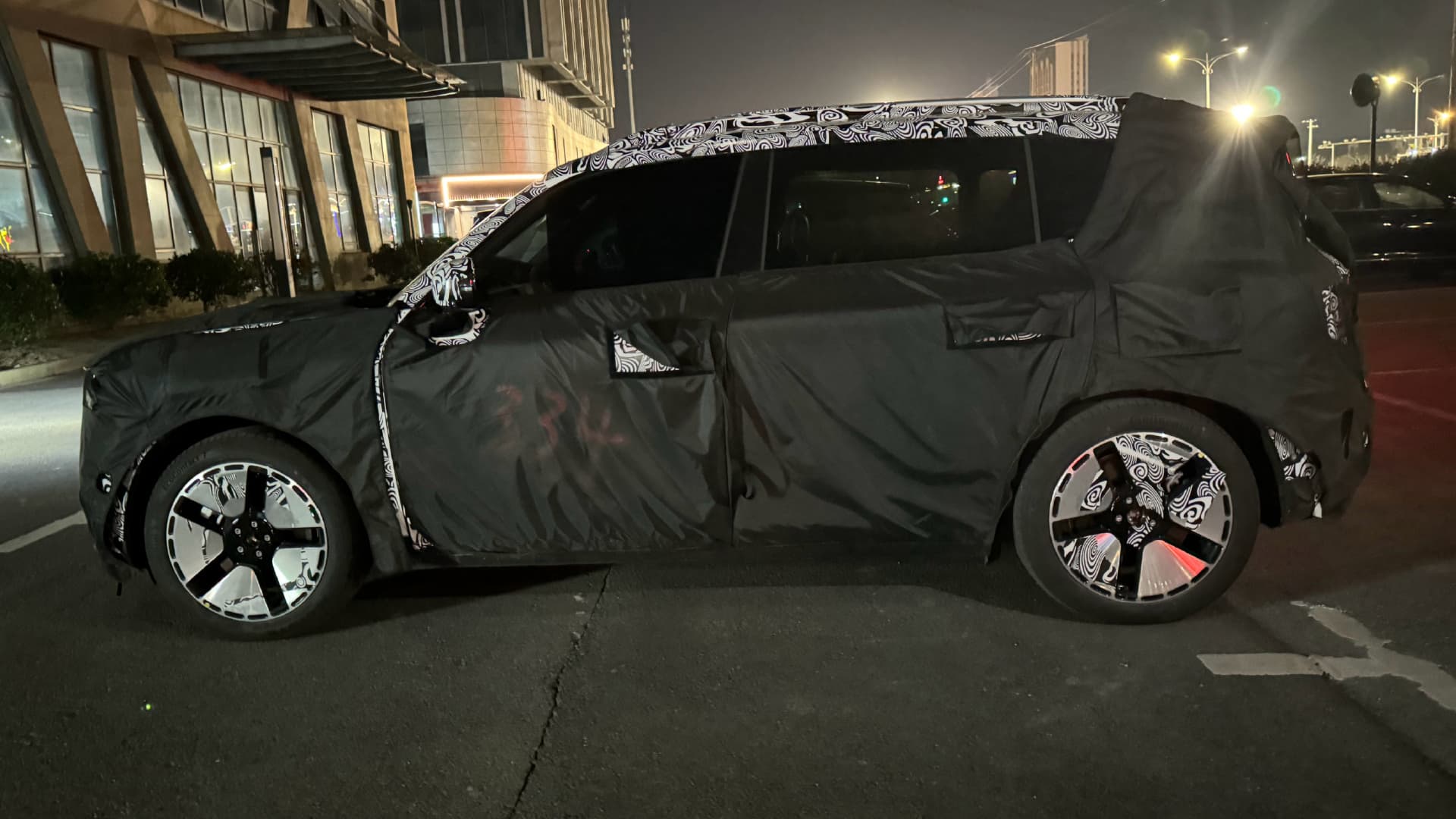
Smart HY11 minivan was spotted in China as it gets closer to launch
The Smart HY11 is a SEA-based MPV with 800V charging and a twin screen inside. It will debut this year, becoming the brand’s third EV.
 carnewschina.com
carnewschina.com
Smart HY11 minivan was spotted in China as it gets closer to launch
Reading Time: 3 minutes
Denis Bobylev
January 25, 2024
0
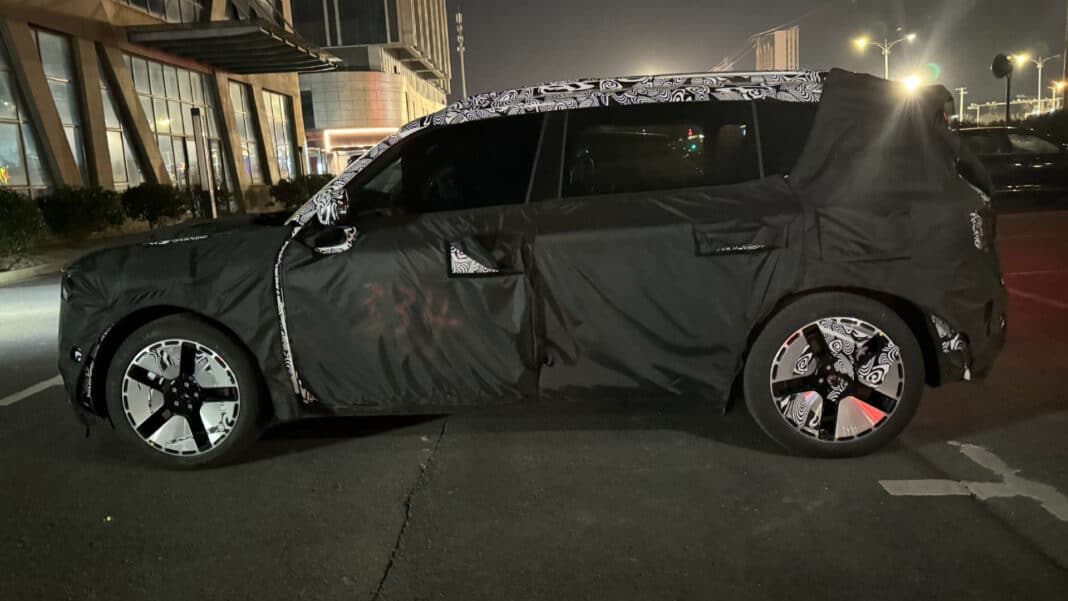
News like this to your inbox or phone?
Weekly summary to your inbox
I want this
Never miss and important news
Get Instant notification once the news is published.
Follow Us
The Smart HY11 electric MPV (minivan) was seen in China during road tests. It adopts the new exterior design language and has a twin screen inside. This multi-purpose vehicle will become the third car in a relaunched Smart model line as the ex-German car maker transitioned to electric vehicles. The Smart HY11 will enter the Chinese market this year.
In 2019, Mercedes-Benz and Geely Group formed a joint venture called Smart Automobile. The newly created company settled in Ningbo and focused on the transition from ICE microcars to electric vehicles. In this JV, Geely is responsible for engineering and manufacturing (at the Xi’an plant), while Mercedes-Benz takes care of the design.
 #1
#1 #3
#3The Smart model line currently comprises two models: Smart #1 and Smart #3. But it wants to have 6-7 electric cars on the road by 2027. The upcoming HY11 minivan will become the brand’s next addition.
Smart HY11 exterior and suspension
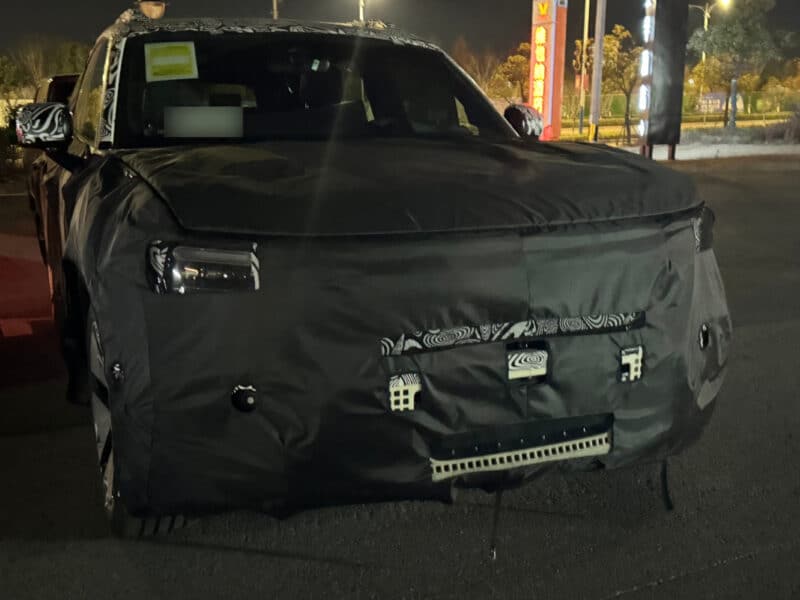

When the first information about the Smart HY11 emerged online, a dispute over its body type broke out among many netizens. Some call it a minivan, while others think it is closer to the crossover segment. Smart didn’t share the official information about their latest product body type. However, we at CarNewsChina prefer to call it MPV because of its comparatively low ground clearance and bulky proportions.
The Smart HY11 adopts a new design language that emphasizes its unique styling. The spotted car has blocky proportions, short overhangs, and a new headlight design. The SY11 has blackened pillars and a flat roofline. From the back, it has a small windscreen, a roof spoiler, and two independent taillight units. Roof racks, retractable door handles, and funky five-spoke rims complete the overall look of this minivan.
The Smart HY11 has a double wishbone suspension in the front axle with aluminum steering knuckles. For comparison, the Smart #1 and the Smart #3 both have McPherson suspension in the front.
Smart HY11 interior
Inside, the Smart HY11 also offers a new design language. Its center console has a large twin screen for drivers and passengers. A glossy plastic element sits behind the screen and has an integrated LCD instrument cluster. Another feature of the HY11 is a heads-up display. It has a round steering wheel with three spokes and a gear selector on the steering column.The center tunnel of the Smart HY11 has two cup holders and wireless phone charging pads. The front seats of this minivan are wrapped with fabrics and have well-developed lateral support. On the door cards of the Smart HY11, we can see wooden panels, unique door handles, and power seat switches.
The Smart HY11 MPV seats on the SEA architecture from Geely Group. It will feature 800V charging and Smart Pilot Assist 3.0. It will enter the market this year. Most likely, Smart will reveal the HY11 at the Beijing Auto Show.
Source: Weibo



